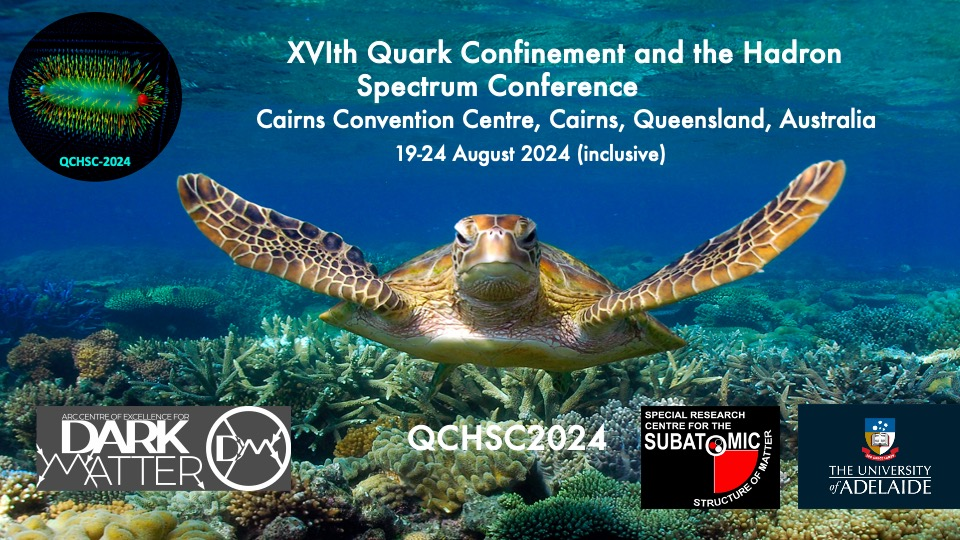Speaker
Description
The NA62 experiment at CERN collected the world's largest dataset of charged kaon decays in 2016-2018, leading to the first measurement of the branching ratio of the ultra-rare $K^+ \rightarrow \pi^+ \nu \bar\nu$ decay, based on 20 candidates.
In this talk NA62 reports new results from the analyses of rare kaon and pion decays, using data samples collected in 2017-2018. A sample of $K^+ \rightarrow \pi^+ \gamma \gamma$ decays was collected using a minimum-bias trigger, and the results include measurement of the branching ratio, study of the di-photon mass spectrum, and the first search for production and prompt decay of an axion-like particle with gluon coupling in the process $K^+ \rightarrow \pi^+ A$, $A \rightarrow \gamma \gamma$. A sample of $\pi^0 \rightarrow e^+ e^-$ decay candidates was collected using a dedicated scaled down di-electron trigger, and a preliminary result of the branching fraction measurement is presented. Recent results from analyses of $K^+ \rightarrow \pi^0 e^+ \nu \gamma$ and $K^+ \rightarrow \pi^+ \mu^+ \mu^-$ decays using 2017--2018 datasets are also presented. The radiative kaon decay $K^+ \rightarrow \pi^0 e^+ \nu \gamma$ (Ke3g) is studied with a data sample of O(100k) Ke3g candidates with sub-percent background contaminations. Results with the most precise measurements of the Ke3g branching ratios and T-asymmetry are presented. The $K^+ \rightarrow \pi^+ \mu^+ \mu^-$ sample comprises about 27k signal events with negligible background contamination, and the presented analysis results include the most precise determination of the branching ratio and the form factor.

